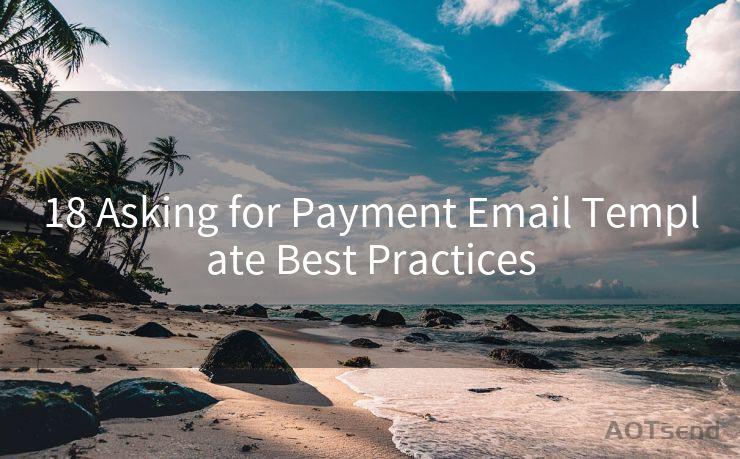18 Asking for Payment Email Template Best Practices




When it comes to requesting payment from clients, professionalism and clarity are paramount. An effective payment request email not only ensures timely payments but also maintains a positive relationship with your clients. Here are 18 best practices to keep in mind when creating an asking for payment email template:
1. Clear Subject Line
Start with a clear and direct subject line that conveys the purpose of your email, such as "Invoice Payment Reminder."
2. Formal Greeting
Use a formal greeting, addressing the client by name if possible, to set a professional tone.
3. Invoice Reference
Include the invoice number, date, and amount due for easy reference.
4. Polite Language
Maintain a polite tone throughout the email, expressing appreciation for their business and understanding of any potential delays.
5. Direct Request
Make a clear and direct request for payment, stating the due date and preferred payment method.
6. Payment Details
Provide all necessary payment details, including bank account information, payment links, or any other relevant instructions.
7. Itemized Invoice
Attach or link to an itemized invoice for transparency and easy tracking.
8. Clear Deadlines
Set clear deadlines for payment, allowing reasonable time for processing while also encouraging promptness.
9. Follow-Up Plan
Mention your plan for follow-up communications in case of delayed payment.
10. Avoid Threats
Refrain from using threatening language or tone, as this can strain client relationships.
11. Multiple Payment Options
Offer multiple payment options to accommodate different client preferences and needs.
12. Thank You Note
End the email with a thank you note, expressing gratitude for their business and cooperation.
13. Contact Information
Provide your contact information for any queries or concerns the client might have.
14. Professional Signature
Include a professional email signature with your name, position, and company details.
15. Grammar and Spelling Check
Ensure your email is grammatically correct and spell-checked to maintain professionalism.
16. Mobile-Friendly Format
Use a mobile-friendly email format to ensure readability across devices.
17. Call to Action
Include a clear call to action, such as a request to confirm receipt of the email or a reminder to process the payment.
18. Follow Up
Plan to send a follow-up email if payment is not received by the deadline, maintaining a polite and understanding tone.
By following these 18 best practices, you can craft an effective and professional payment request email that encourages timely payments while preserving positive client relationships. Remember, clear communication and a polite tone are key to successful business interactions.
Incorporating these best practices into your asking for payment email template will not only improve your chances of timely payments but also reflect positively on your professionalism and customer service.
🔔🔔🔔
【AOTsend Email API】:AOTsend is a Managed Email Service for sending transactional emails. Support Email Types: reminders, authentication, confirmations, notifications, verification codes, invoices, password resets, account activations, billing statements, two-factor authentication (2FA), and one-time passwords (OTP) emails, etc. $0.28 per 1000 Emails. 99% Delivery, 98% Inbox Rate.
You might be interested in:
Why did we start the AOTsend project, Brand Story?
What is a Managed Email API, How it Works?
Best 25+ Email Marketing Platforms (Authority,Keywords&Traffic Comparison)
Best 24+ Email Marketing Service (Price, Pros&Cons Comparison)
Email APIs vs SMTP: How they Works, Any Difference?





Scan the QR code to access on your mobile device.
Copyright notice: This article is published by AotSend. Reproduction requires attribution.
Article Link:https://www.mailwot.com/p6866.html



